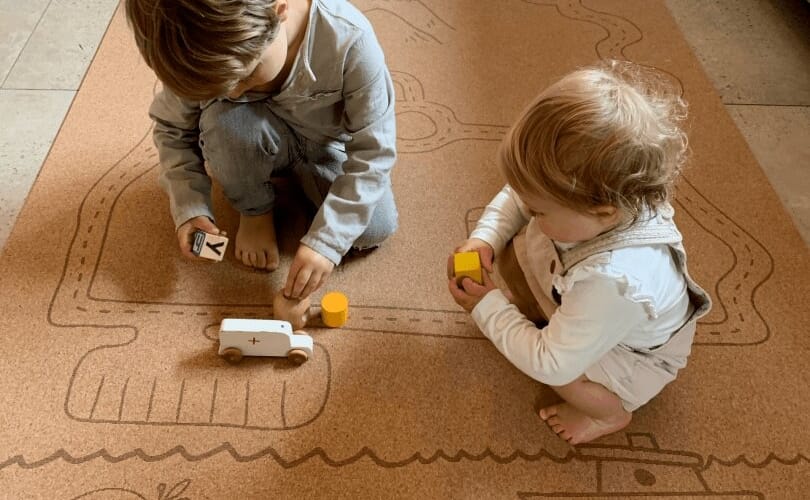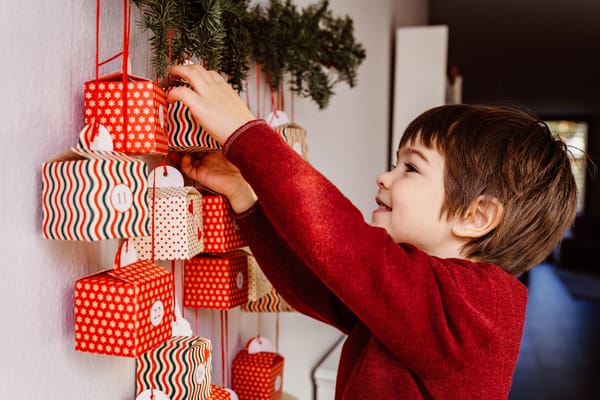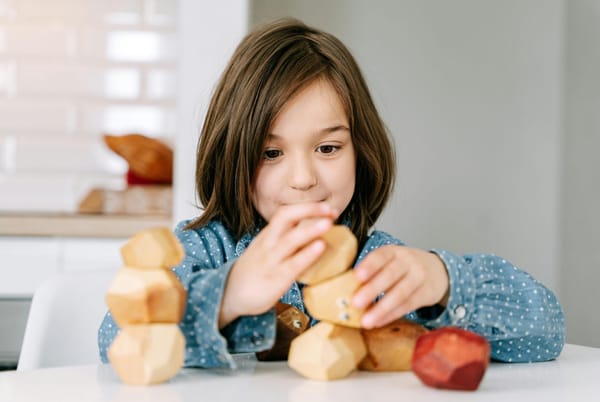From the infectious fun of side-splitting laughter to the exuberance of an impromptu pillow fight, infusing a spirit of joy and playfulness into your home nurtures your family like little else says Dr. Laura Markham
Playing together is an almost magical way to build connection. Not surprising, since when we laugh, our body releases oxytocin into our systems. So when you’re laughing with someone, you’re bonding. Laughter also transforms bad moods by decreasing the stress hormones circulating in your body.
That’s why playing together is one of the fastest ways to heal minor relationship stress, help people drop grudges, and bring the family into sync. Play and laughter create a happy feeling in your home.
Research shows that humour is an invaluable part of smoothing over the rough spots of life, from royal goofs on our part to simple bad luck. Couples who can use affectionate humour to deflate anger have happier relationships. And children whose parents use silliness to keep the day flowing smoothly are lucky indeed. Sometimes it’s the only way to convince a toddler or preschooler to cooperate with your agenda.
Some parents say that unless they make instructions to their younger kids into a game, their children are so engrossed in play that don’t even notice them. Which is likely to work better,
“Little Gorilla, it’s time for breakfast, come eat your bugs and bananas!”
and
“Don’t you think your digger wants to get in the car now so he can see the construction site on the way to the shops?”
or
“Eat your breakfast now!”
and
“Get in the car!”
Given how hard life can be at times, my opinion is that we need to seize all the joy, silliness, fun and humour we can get.
The best way to start cultivating more playful fun in your house is to make it part of your routine.
You can do this by simply trying new ideas, and if they work, repeating them. That creates fun traditions for your family to enjoy and look forward to. Not all rituals need to be serious or spiritually joyous, some of the best are silly. But don’t wait for special times; any part of daily life can be made into a game. For instance,
A few caveats for games:
Start by empathizing. Don’t try to talk her out of her feelings. But once she’s vented, getting her laughing about the situation may be the most healing thing you can do.
When she’s gotten past her upset over how unfair her science teacher was today, you can start to act out how YOU would have handled things - by messing up totally - or you might even be able to mildly mimic the science teacher, if you think it’s appropriate. This can be accomplished by handicapping adults and older siblings, for instance.
Needless to say, a family tickle match where there are breakables or sharp objects is almost guaranteed to end in disaster.
For many children—and even some fathers and sons—noncompetitive games work best.
- Use funny voices.
- Trade roles at the dinner table so that each family member acts as someone else (kids’ portrayals of adults can be hilarious).
- Have a race to get dressed and in bed for storytime. Instead of kids racing against each other, which worsens sibling rivalry, have kids work as a team, racing against the adult.
- Compete at making baskets with the dirty laundry while doing household cleanup together.
- Make up funny song lyrics in the car.
- Gentle physical rough housing with some kids as they wake up in the morning can put everyone in a good mood for the day. My own personal favorite is a competition to take off each other’s socks!
- And when you’re feeling a bit dispirited and want to shift the mood and reconnect, why not start a pillow fight?
Rules of play:
1. Don’t make light of serious situations or emotions.
2. Be sure opponents are well matched.
3. Be sure the environment is safe.
4. Competition in itself is not bad, but valuing winning above the game is.
MORE INSPIRATION
VISIT Laura’s website ahaparenting.com







